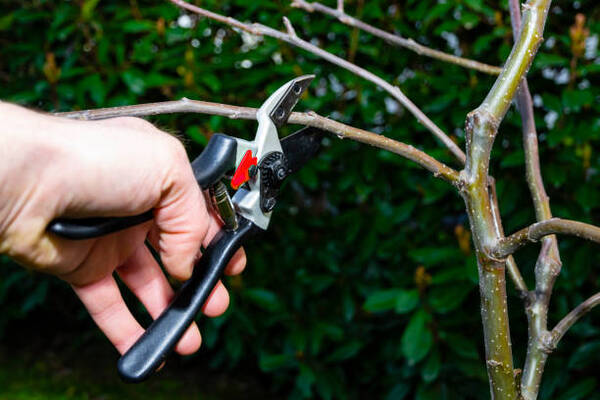- 1-905-452-8193
- Contact Us
- Member Login
- Get Listed Today
- 220,911 members

Homeowners call tree removal Sydney experts to prune trees for a variety of reasons. Some common reasons are: to remove dead or dying branches, remove diseased branches, remove broken branches, improve the tree's shape, increase sunlight and air circulation, and reduce the tree's size. Pruning can also be done to stimulate new growth, fruit production, or flowering.
Pruning trees may seem like a daunting task, but it's quite simple once you know what you're doing. However, there are a few common mistakes that people make when pruning trees, which can lead to damage or even the death of the tree.
Let us go over some of the most common mistakes people make when pruning trees so that you can avoid them in the future.
Pruning at the wrong time of year
The timing of your pruning can be critical for the health of your tree. Many people mistakenly believe that fall is the best time to prune trees, but this is not the case. Fall pruning can stimulate new growth on the tree just before winter, which can then be damaged by the cold weather. The best time to prune trees is actually in late winter or early spring, just before new growth begins.
Pruning too much
It's important to resist the temptation to prune too much at once. Removing too much of the tree's canopy can shock the tree and cause extensive damage. When pruning, always remove no more than one-third of the tree's branches.
Cutting branches too close to the trunk
This is a common mistake that people make when pruning trees. Cutting branches too close to the trunk can damage the tree's bark and leave it vulnerable to disease and pests. When pruning, always leave a couple of inches of space between the branch and the trunk.
Cutting branches at the wrong angle
Another common mistake people make when pruning trees is cutting branches at the wrong angle. When cutting branches, always cut them at a 45-degree angle away from the trunk. This will help prevent water and pests from entering the tree through the wound.
Not using the proper tools
Using the wrong tools when pruning trees can also lead to damage. Always use sharp, clean pruning shears or saws when pruning branches. Dull tools can crush branches and damage bark, which can leave the tree vulnerable to disease and pests.
Making jagged cuts
Jagged cuts are another common mistake made when pruning trees. These types of cuts can damage the tree's bark and leave it vulnerable to disease and pests. Always make clean, straight cuts when pruning branches.
Leaving stubs
Stubbornly refusing to cut a branch all the way back to the trunk is a common mistake made when pruning trees. These stubs can prevent new growth from occurring, and they can also be a breeding ground for disease and pests. When pruning, always cut branches all the way back to the trunk.
Not sanitizing your tools
Another mistake people make when pruning trees is not sanitizing their tools between uses. This can spread diseases and pests from one tree to another. Always clean and disinfect your pruning shears or saws after each use.
Not disposing of diseased branches
If you come across a diseased branch, do not try to prune it. These branches can spread diseases and pests to other parts of the tree. Always dispose of diseased branches in a trash bag and do not put them in your compost pile.
Shearing
Shearing is another common pruning practice that can damage trees. Shearing involves cutting all of the branches on one side of the tree to create a uniform look. This practice can shock the tree and make it more susceptible to disease and pests. Always avoid shearing when pruning trees.
When pruning, always make sure to use clean, sharp tools. This will help prevent the spread of disease and damage to the tree. Be careful not to over-prune as this can also damage the tree. If you're not sure how or where to cut, it's always best to get in touch with a reputable arborist for professional help.
